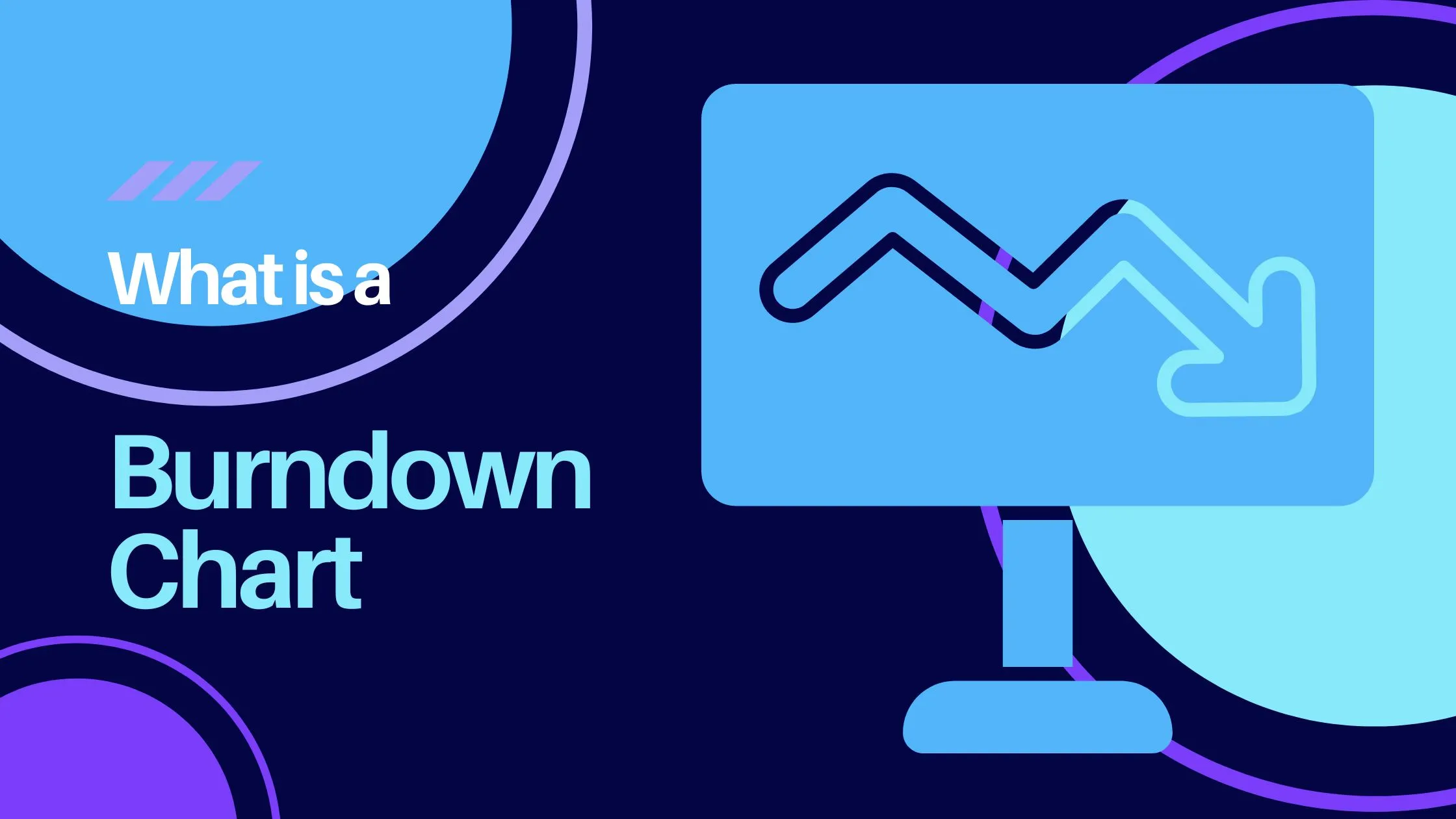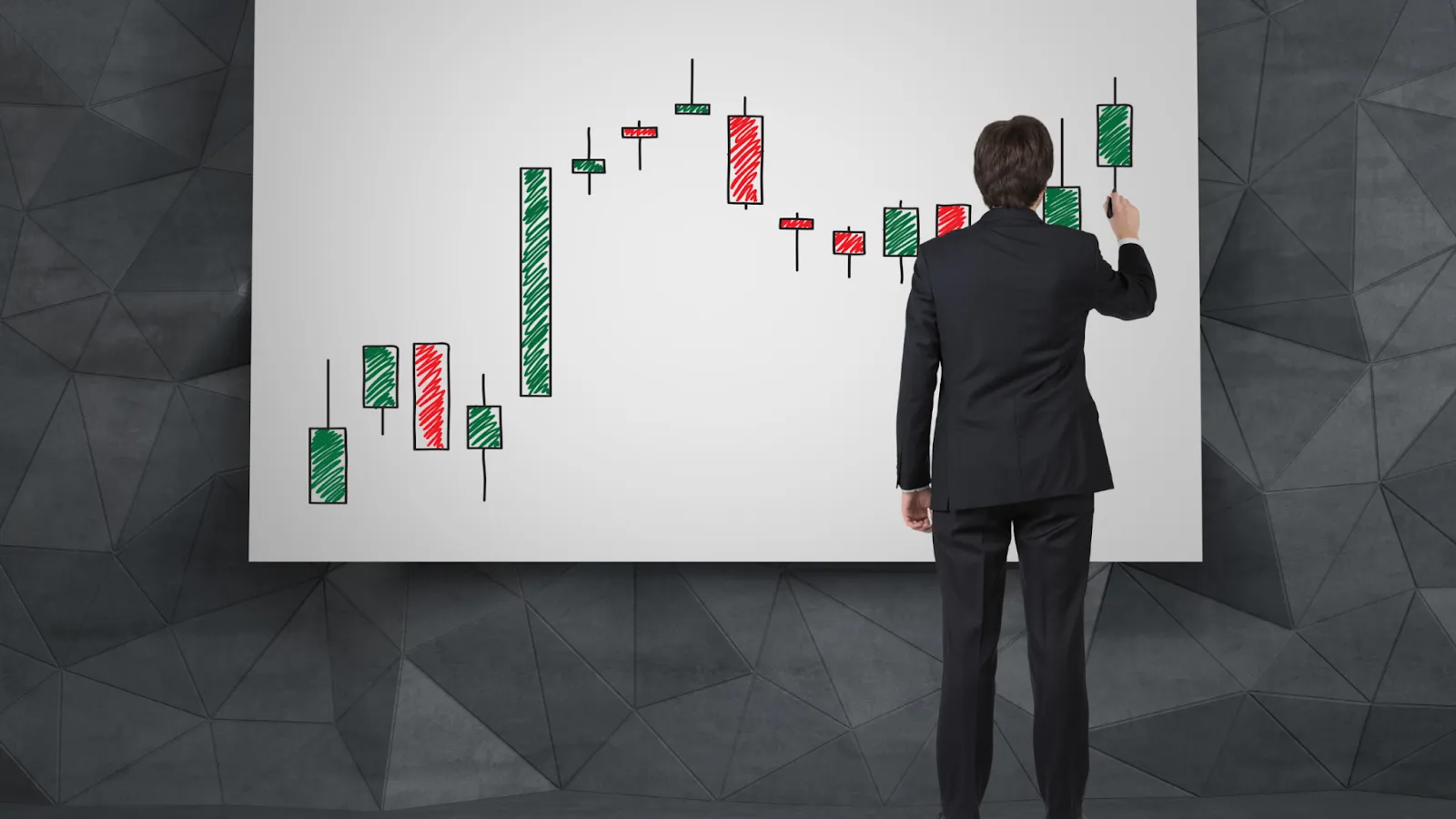What Is a Burndown Chart?


Nobody likes to run behind schedule. Do you?
For many, it causes a sense of dread that’s hard to shake — throwing productivity off-kilter. It’s why leaders typically stick to a rigid timetable (even to their own detriment).
One missed deadline and an entire work week is thrown into disarray. It’s a nightmare, but at least the consequences usually only fall on one person.
But what about when an entire software team is thrown into the equation in a company that can't risk missing any deadline?
Things are bound to get a little bit messy.
Before long, accusations are thrown around the room and everyone gets frustrated and burnt out. It’s a hard situation that’s nearly impossible to address… unless you use burndown charts.

A burndown chart is a project management tool that measures the work completed by a team over a set period of time.
The data can be compared to an estimation or target, giving leaders the ability to understand whether or not they are on track to meet a goal.
Burndown charts can also be used as an insightful visual asset that can:
Due to their comparative and non-time-consuming nature, burndown charts are most often utilized during sprints and can be used by any size organization.
Ultimately, if you have:
… then you might find yourself benefiting from the insights a burndown chart can provide. Without one, it can be hard to get a clear understanding of whether or not you are making the expected progress.
Burndown charts are perfect for smaller project teams of 5-10 people. After all, too many employees tracking their progress on one spreadsheet can quickly turn a simple metric into a complex one and put a company at risk of error.
Similarly, burndown charts are also useful in the startup world. Not only do budding companies often have a very clear timeline they absolutely must adhere to, but there are usually also some initial difficulties in team coordination.
Some big companies use burndown charts regularly as well to support their sprints and keep them moving toward a goal. While it might seem like an outdated way to track productivity… It’s certainly effective.
Because of the nature of burndown charts, they are an incredibly cost-efficient way to manage your human resources. This makes them a really great option for charities and other organizations with limited budget.
Within these companies, though, there are definitely departments that favor burndown charts.
Unsurprisingly, it’s the ones that require complex time management, detailed coordination, and a host of digital skills like:
Burndown charts also have applications and use cases in Human Resources — where leaders can use them like Git Flows to evaluate sprints, review progress, and identify where improvements need to be made.
For example, should specific individuals consistently fall behind schedule, you are able to further investigate the issue, explore whether too much was assigned to them, and manage workload options in the future.
To further develop your understanding of burndown charts (and decipher whether they are for you), it’s important to evaluate the different methodologies available to you.
There are two main types, sprint burndown charts and agile burndown charts, each of which can be valuable in different ways.
The sprint burndown chart is most often put together during a sprint. It requires daily updates by each individual participating in the project, and the result slowly comes together over time. Initially, it can be difficult to understand if you’re on track or not due to the limited availability of data.
Comparatively, agile burndown charts can be used at any point in time. You don’t necessarily have to rush toward an end goal to understand productivity and output in the workplace. By measuring the ongoing output of your staff members, you can get a clear forecast of when work might be done by and plan accordingly.
When you are in a rush, though, you can’t afford to waste time teaching your team about sprint burndown charts.
Therefore, you need to be prepared to do the bulk of the setup yourself — creating the table that they have to fill in, and establishing expectations of what you require them to do.
Once you’ve…
… you can send the document to your team.
For the burndown chart to work, it needs to be filled in daily — allowing you to consistently track an up-to-date progress meter.
As such, it’s imperative that you ensure your employees provide the necessary information, giving them ample opportunity (or reminders) to do so.

Who prepares a burndown chart?
It should be the responsibility of either a team leader or project manager to set up the burndown chart and make it so employees can easily fill it out.
What can’t you do with a burndown chart?
Once you start a burndown chart and have a project well underway, it can be pretty hard to backtrack. If, for example, additional work is required within the set time frame — the adjustments are nearly impossible to make.
Is a burndown chart a KPI?
As long as you are confident that all your employees are filling in the information as required (and doing so accurately), it can serve as a key performance indicator (KPI). Agile burndown charts, in particular, can be used at any point to help you understand productivity and output in the workplace.

Today, operational analytics is key to effectively coordinating each stage of your software development process.
Do you have access to the right metrics?
If not, then you should consider onboarding Keypup.
We’ve developed a DevOps tool that’s designed to provide real-time insights on a project’s progress, inform decision-making, and enhance the collaboration of your team.
As your team grows, it may become complex to build and maintain a burndown chart using a spreadsheet. With Keypup, you can monitor your sprint progress without manual inputs from the team.
It’s an effective way to track productivity and output, with the added assistance of a comprehensive sprint dashboard.
For more information on how you can improve the effectiveness of your software engineering team using Keypup, request a demonstration today.